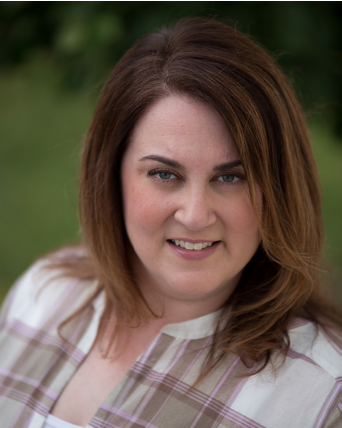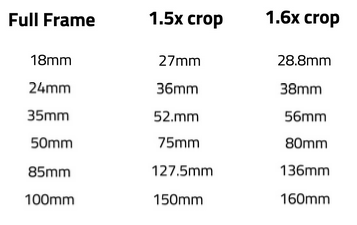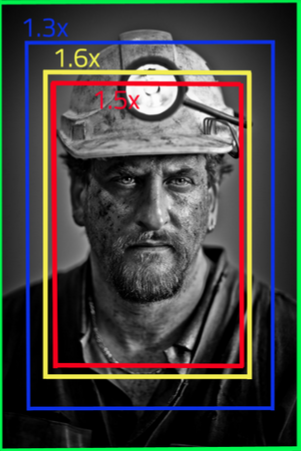
So you’ve been using the lens that came with your camera. But if you want to take your photography to the next level, it might be time to invest in some new lenses. With so many options to choose from, how do you know which lens is best for you?
Gina and Valerie discuss what’s the best “next lens” for you. They outline a typical “glass journey” for photographers, what kind of lenses suits what purposes, and they give you the lowdown on how to choose lenses – and what you can expect to pay.
This week’s theme for #ginachallenge is “wide or long”
Click play to listen to the podcast or find it on iTunes here. If you don’t use iTunes you can get the feed here, or listen to us on Stitcher radio.
Show notes
Useful links
1950s Hong Kong Captured In Street Photography By Fan Ho – Critically acclaimed Chinese photographer Fan Ho spent the 1950s and 60s taking gritty and darkly beautiful photos of street life in Hong Kong.
Photo Critique
This great shot from Mike Hickman Jr.
Mike writes:
This is Sara Eliker. She is a friend from church who is leaving soon to go to the mission fields of Guatemala. She asked me if I could take a photograph of her for her webpage profile photo and I obliged.
Like most women, she has a few image concerns so I did the “turn this way, rear hip back, front hand on hip, front knee bent with heel in and toes pointed at me and *snap*”. It was cloudy out so I had nice diffused light but it was also a bit bright. I took several photos from 3/4 to tight crop and we went inside. Since I didn’t mention it, I was also 3-4 feet away and 2-3 feet above her, standing on a table.
She was squinting in each one and we noticed she has a bit of a stuffy look in the neck area. I suggested we head back out and she agreed. This time I did the pose again but added “now chin up and forward but close your eyes and open them when I count down from 3. 3, 2, 1 *snap*” and I took a few more shots before heading back in. Wow! What a difference! Not only were her eyes open and her chin more defined, but she looked more relaxed. I showed her the 5 or so shots and she said “I want this one”.
Prior to shooting, I used my Gossen Luna-Pro F to get a reading of 1/1000, F/2.8 and ISO 100. I chose to shoot from 70-200mm (the chosen shot is at 200mm) to get me a few different looks using my Sigma 70-200mm f/2.8 on my Canon 6D. I then shot the color card for my white balance (in Lightroom I chose the 2nd gray box) and shot away.
Once I had the file in LR and color balanced, I don’t think I did much to it for overall exposure and color (maybe a little bit on the highlights/whites/shadows/blacks). What I did do was dodge and burn the eyes to make them pop, whiten the teeth less than 1/4 of a stop, reddened the lips a little bit and softened the skin on her face by dropping the clarity slider a bit.
Overall I am satisfied with the photo and my workflow (alright maybe I could have gotten rid of the straggled hairs), but I am always looking to improve and would love to have you give me your honest critique.


Gina’s critique is in the episode.
Kit lens vs Big boy lenses
The kit lens:
Most new 35mm SLRs come with a kit lens which is 18-35mm F 3.5-f5.6
or slightly longer 18-105mm (nikon) / 18-135mm (canon)
Pros of kit lenses
- Focus fairly close
- Sharp
- 18-35 on a crop sensor is a decent focal length
Cons of kit lenses
- 18mm not wide enough = 27mm or 28mm
- 55mm not long enough for sport or fashion or street photography
- Autofocus is a bit slow and clunky and noisy
- Aperture: F3.5 F5.6 is a slow lens
- Not great for lowlight situations or if you need to blur backgrounds
What is crop factor – and why do you need to know?
Think of it like this:
- A camera phone sensor is the size of a tic tac,
- A compact camera sensor is the size of an M&M,
- An entry-level SLR sensor is the size of postage stamp
- A pro level camera sensor is the size of a 35 mm film strip.


Zoom vs Prime
Pros of zoom lenses
- You can set up shots and create full-length, three-quarter and tight headshots without having to move your camera.
- You can stay out of my model’s personal space
- It’s perfect for capturing intimate photos of couples or children and even pets.
- With 100mm to 200mm, facial features are compressed slightly, which is flattering for portraits.
Cons of zoom lenses
- Heavy
- Not great for tight spaces
- Conspicuous
- Dust gets on sensor from zoom action
- More expensive
Prime lenses
- Sharper
- Faster
- Cheaper
- Lighter
Size does matter shooting Wide vs Long
The ideal upgrade from kit lens
- 50mm Prime Lens
– 1.8mm Nifty 50 about $120
– 1.4 $300-500
– 1.2 $1500 - 35mm Prime Lens $600/800
- 85mm f1.8 $400 1.2 (2000)
Sharp and fast great for portraits my personal fav. - Tamron 17-50mm f/2.8
Great little zoom as a step up to kit with f2.8 $300 - Dedicated Macro lens $500ish range
Perfect for products, jewellery and food photography get very very close - 24-70 f2.8 Lens $1500-2000
I actually dislike this lens… use it for stills, comes in very handy. Good for weddings. Most people love it. - 24-105mm A bargain at $600
Great walk around lens and incredibly versatile. - 70-200mm f2.8 Lens
Price drops significantly if you choose a slower lens (F4 instead of F2.8).
If your budget is tight, you might consider buying second hand.
The other option you may like to consider is renting a long lens for a weekend.
If you could only buy one lens to start with…
50mm 1.8 +kit
Then add 24-105mm
Then 70-200mm
Then 85mm
#ginachallenge wide or long


